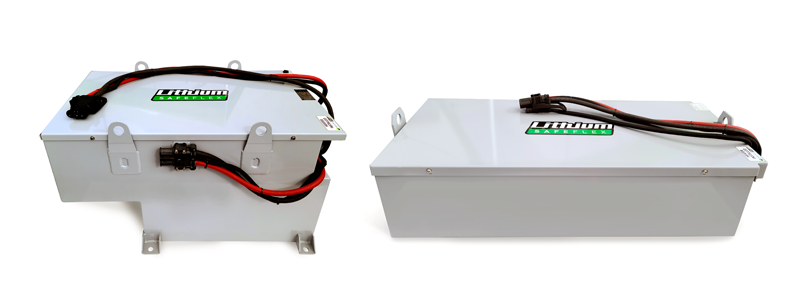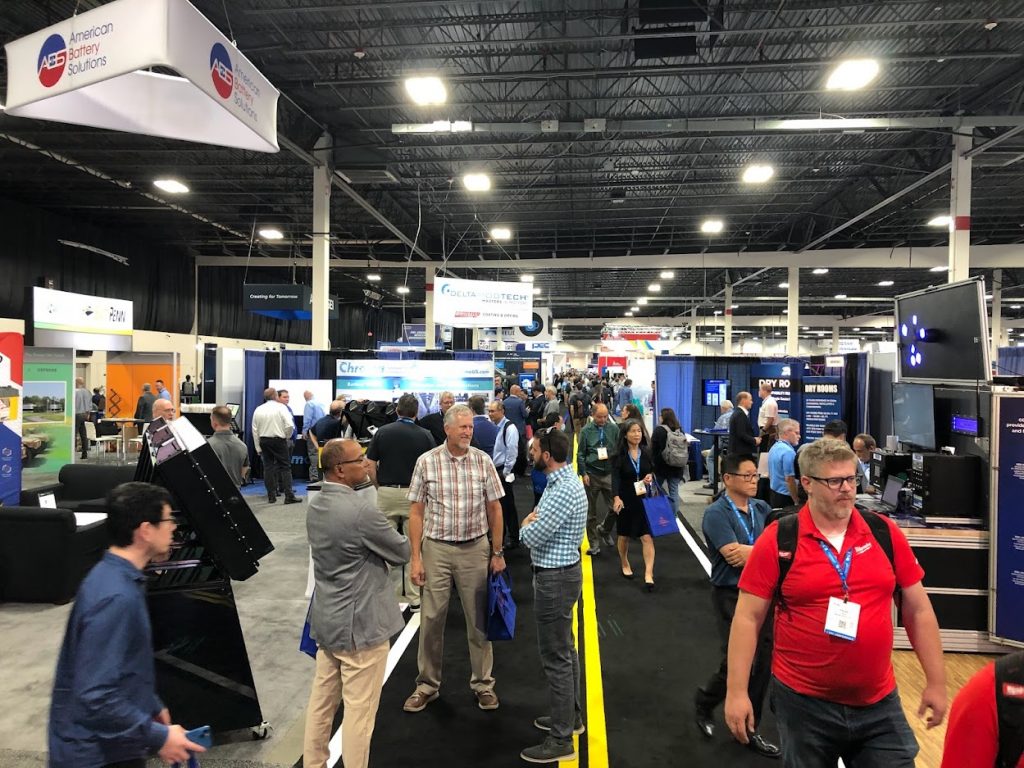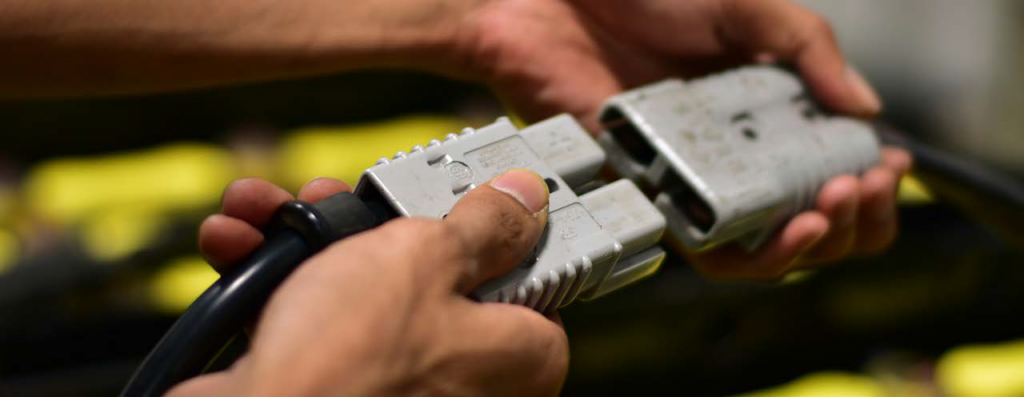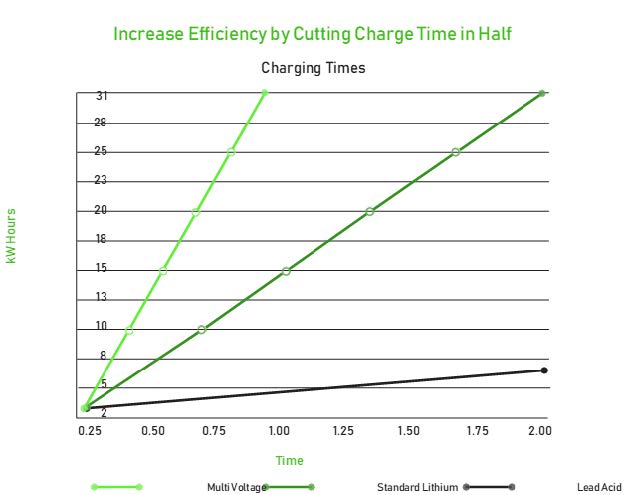Swappable Mobile Power (SMP) portfolio enables the electrification of mobile and motive products with swappable battery technology
Green Cubes Technology (Green Cubes), the leader in producing Lithium-ion power systems that facilitate the transition from lead-acid batteries and Internal Combustion Engine (ICE) power to green Lithium-ion battery power, today announced its Swappable Mobile Power (SMP) portfolio. The SMP portfolio enables manufacturers to electrify their mobile and motive products utilizing swappable batteries with the leading Lithium-ion battery chemistry. At the center of the portfolio, the Swappable Industrial Battery (Industrial Swappable Batteries-1000) offers one of the highest Watt-Hour ratings for swappable Lithium Iron Phosphate (LFP) batteries on the market today.
Optimized for operator ergonomics and “hot” swapping of portable batteries, the SMP portfolio of products enables the electrification of non-powered mobile carts, such as industrial, medical or educational workstations. Additionally, multiple Swappable Industrial Batteries can be connected to power motive products with high torque requirements, such as Automated Mobile Robots (AMR), pallet jacks, or motorized sleds.
“Green Cubes pioneered the use of swappable batteries for mobile medical workstations and is the market leader in the production of swappable batteries for mobile industrial workstations,” said Mike Davis, Chief Revenue Officer for Green Cubes. “The Swappable Industrial Battery enables mobile workstation and motive product manufacturers to enhance the capabilities of their products and diversify their product line. This includes the electrification of non-powered workstations and motive products, as well as expanding the range of IT devices supported on existing powered workstations.”
The Swappable Industrial Battery is a 48 Volt, 20 Amp-Hour, 1000-Watt Lithium Iron Phosphate battery that offers exceptionally stable voltage under load, high capacity and power delivery in a small lightweight form factor. In addition to its ergonomic and ruggedized design, the watertight battery has an Ingress Protection (IP) rating of 65, which is optimized for both indoor and outdoor environments. Agency and safety approvals include UN 38.3 and IEC 62133.
To complement the Swappable Industrial Battery, the SMP portfolio has a suite of accessories to complete the integration with mobile workstations and motive products, including a battery receiver, power distribution electronics, AC/DC power supplies for charging and DC/AC power inverters to power mobile IT devices.
The SMP products are currently being evaluated by educational and industrial equipment manufacturers and their enterprise customers. Commercial availability is scheduled for the first quarter of 2023.
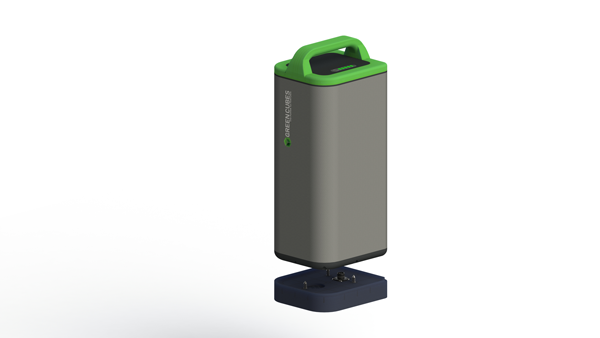
To learn more about the Swappable Mobile Power (SMP) portfolio; https://greencubes.com/product/industrial-battery-swib-1000/
About Green Cubes Technology
Green Cubes Technology develops and manufactures safe and reliable electrification solutions that enable its OEM and enterprise customers to transition from Lead Acid and Internal Combustion Engine (ICE) power to Lithium-ion battery power. Green Cubes utilizes proven hardware and software platforms to build the most reliable Lithium power solutions in its industries. With over 300 employees across six countries, Green Cubes has been producing innovative, high-performance, and high-quality power solutions since 1986.

